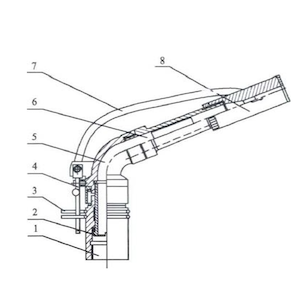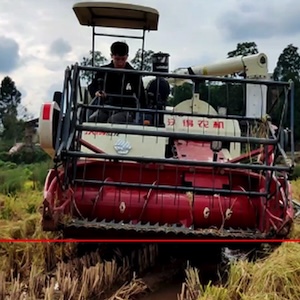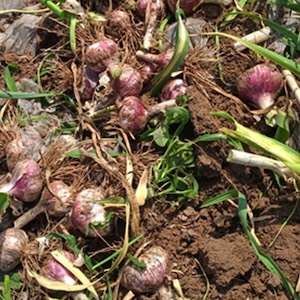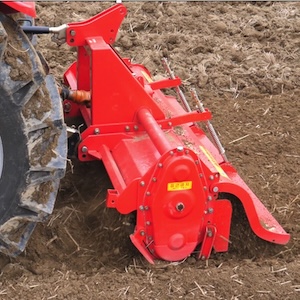Structural design and performance characteristics of the fluidic sprinkler application technology for saving irrigation water: a review

Published: 1 August 2023
Abstract Views: 1178
PDF: 383
HTML: 48
HTML: 48
Publisher's note
All claims expressed in this article are solely those of the authors and do not necessarily represent those of their affiliated organizations, or those of the publisher, the editors and the reviewers. Any product that may be evaluated in this article or claim that may be made by its manufacturer is not guaranteed or endorsed by the publisher.
All claims expressed in this article are solely those of the authors and do not necessarily represent those of their affiliated organizations, or those of the publisher, the editors and the reviewers. Any product that may be evaluated in this article or claim that may be made by its manufacturer is not guaranteed or endorsed by the publisher.
Similar Articles
- Simone Pascuzzi, Anna Guarella, KINEMATIC STUDY OF THE AIR FLOW PRODUCED BY SOME SPRAYERS USED IN “TENDONE†VINEYARDS , Journal of Agricultural Engineering: Vol. 39 No. 3 (2008)
- Vito Ferro, Paolo Porto, Assessing theoretical flow velocity profile and resistance in gravel bed rivers by field measurements , Journal of Agricultural Engineering: Vol. 49 No. 4 (2018)
- Ester Foppa-Pedretti, Giovanni Riva, Giuseppe Toscano, Daniele Duca, CONSIDERATIONS ON RENEWABLE ENERGY SOURCES AND THEIR RELATED PERSPECTIVES OFAGRICULTURAL ENGINEERING , Journal of Agricultural Engineering: Vol. 41 No. 2 (2010)
- Giuseppe Zimbalatti, Bruno Bernardi, Stefano Morabito, ANALYSIS OF THINNING OPERATIONS IN CORSICAN PINE ARTIFICIAL HIGH FORESTS IN CALABRIA (ITALY) , Journal of Agricultural Engineering: Vol. 39 No. 2 (2008)
- Maria Lodovica Gullino, Massimo Pugliese, Alessandro Paravicini, Enzo Casulli, Andrea Rettori, Mattia Sanna, Angelo Garibaldi, NEW PHYTOTRON FOR STUDYING THE EFFECT OF CLIMATE CHANGE ON PLANT PATHOGENS , Journal of Agricultural Engineering: Vol. 42 No. 1 (2011)
- Raffaele Cavalli, Stefano Grigolato, GEOGRAPHICALANALYSIS WITH GIS METHODOLOGY FOR A SUSTAINABLE USE OF LOGGING RESIDUES IN MOUNTAINOUS AREA , Journal of Agricultural Engineering: Vol. 38 No. 3 (2007)
- Irene Diti, Daniele Torreggiani, Patrizia Tassinari, Rural landscape and cultural routes: a multicriteria spatial classification method tested on an Italian case study , Journal of Agricultural Engineering: Vol. 46 No. 1 (2015)
- Lanie A. Alejo, Victor B. Ella, Assessing the impacts of climate change on dependable flow and potential irrigable area using the SWAT model. The case of Maasin River watershed in Laguna, Philippines , Journal of Agricultural Engineering: Vol. 50 No. 2 (2019)
- Lorenzo Landi, Luca Burattini, Maurizio Cutini, Leonardo Vita, Luca Landi, Ray-Tracing method for fields of view simulation in agricultural and forestry vehicles , Journal of Agricultural Engineering: Early Access
- Sergio Castellano, Silke Hemming, Giovanni Russo, Vida Mohammadkhani, Gert-Jan Glam Swinkels, Giacomo Scarascia-Mugnuzza, RADIOMETRIC PROPERTIES OFAGRICULTURAL PERMEABLE COVERINGS , Journal of Agricultural Engineering: Vol. 41 No. 2 (2010)
<< < 45 46 47 48 49 50 51 52 53 > >>
You may also start an advanced similarity search for this article.

 https://doi.org/10.4081/jae.2023.1452
https://doi.org/10.4081/jae.2023.1452












